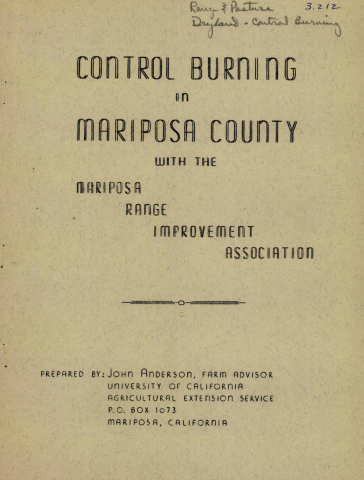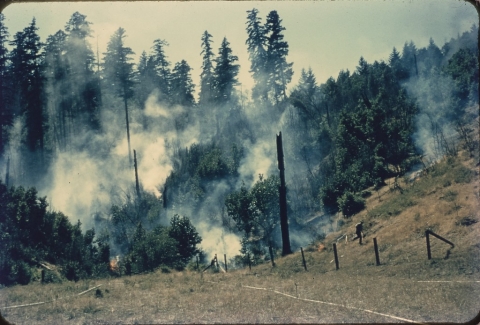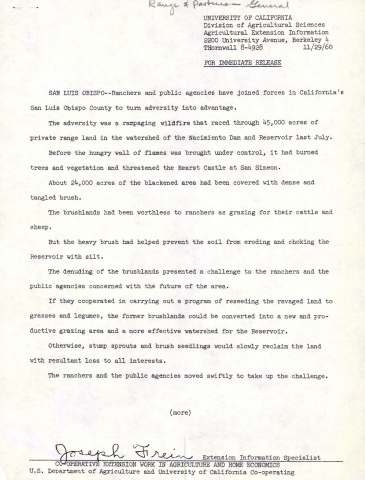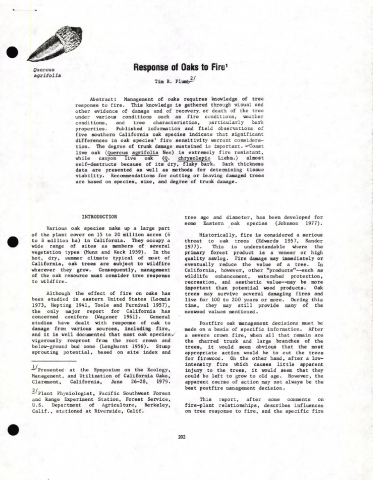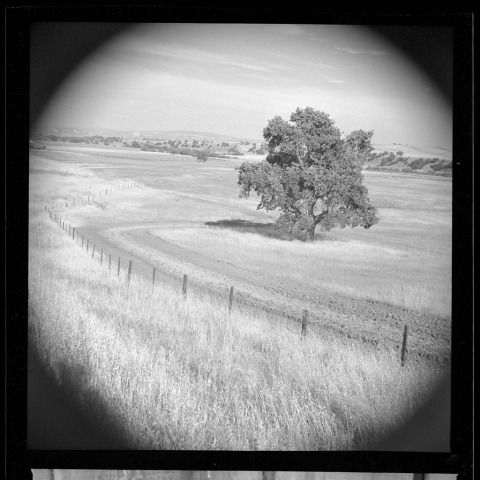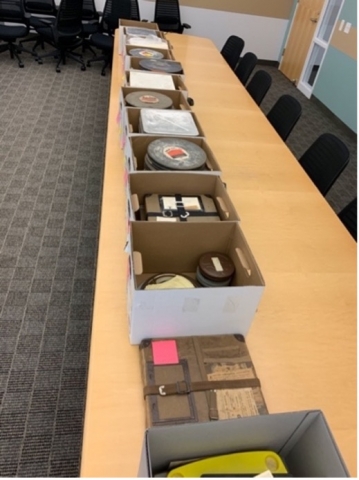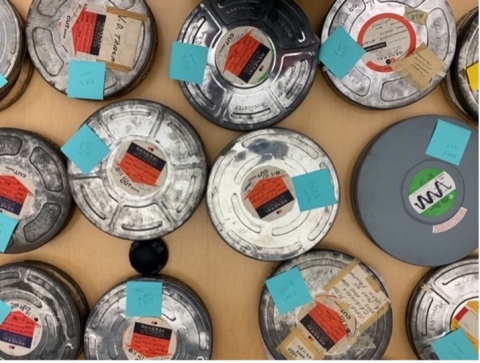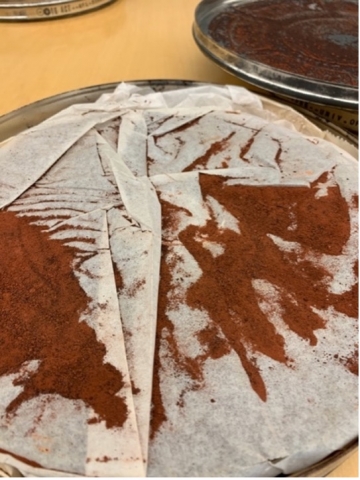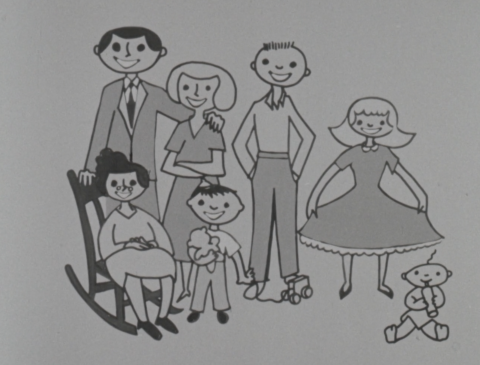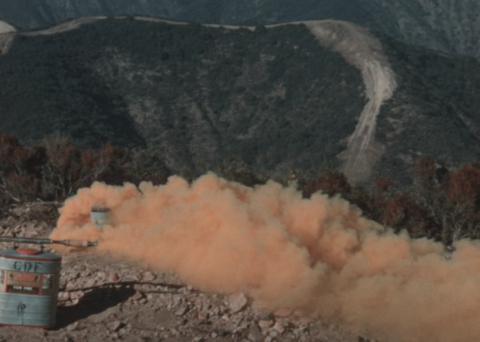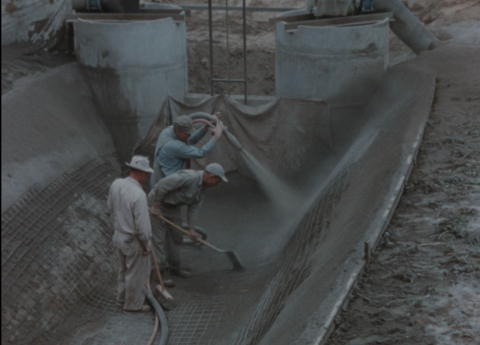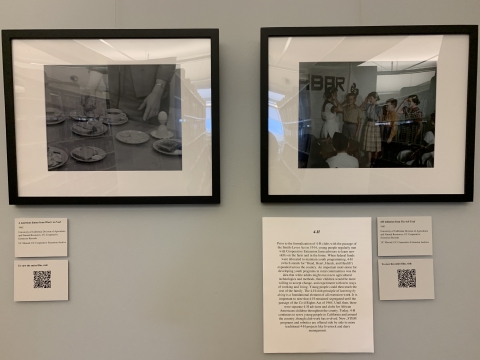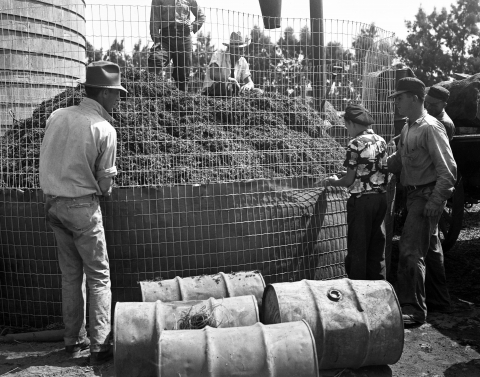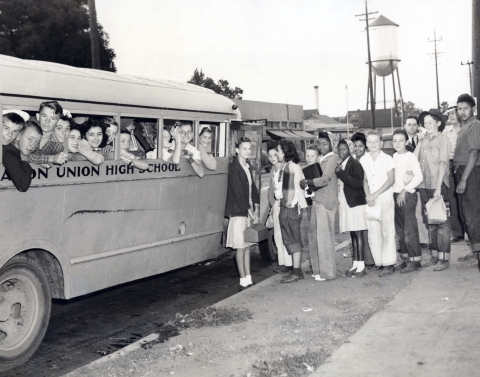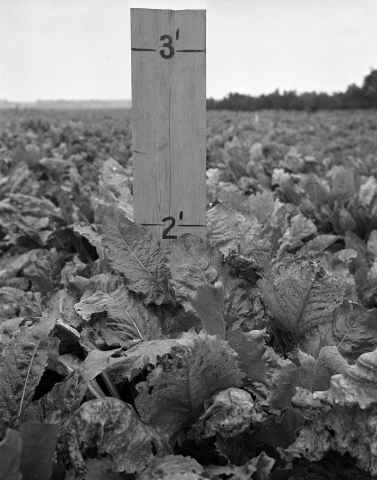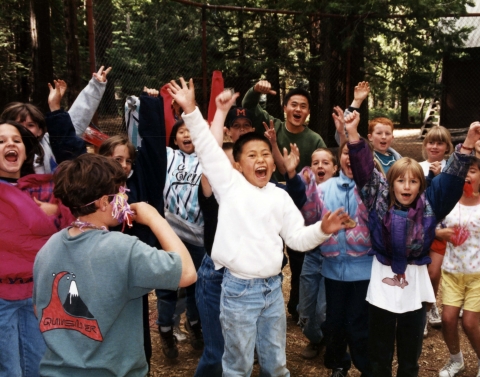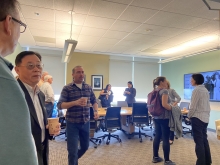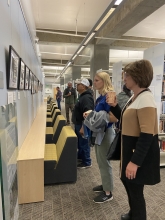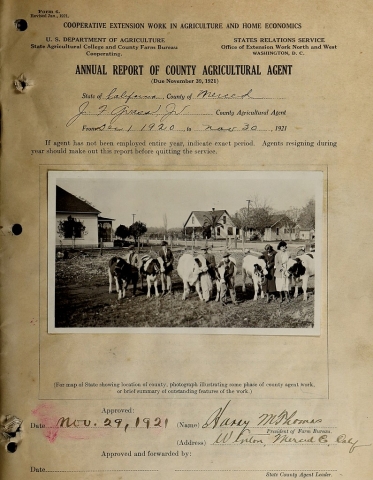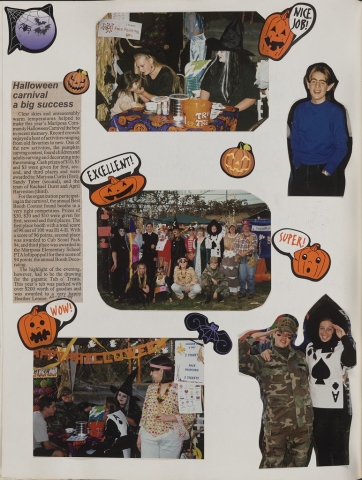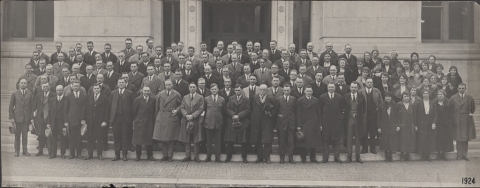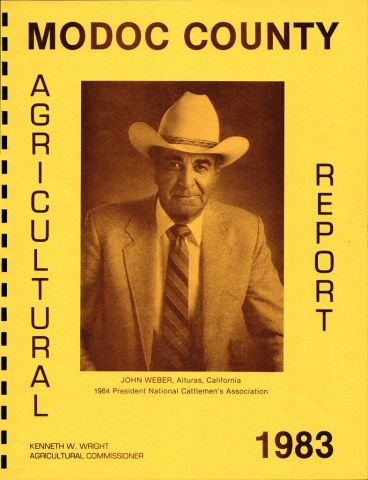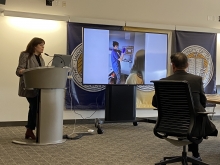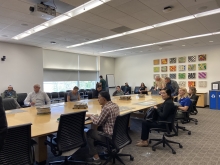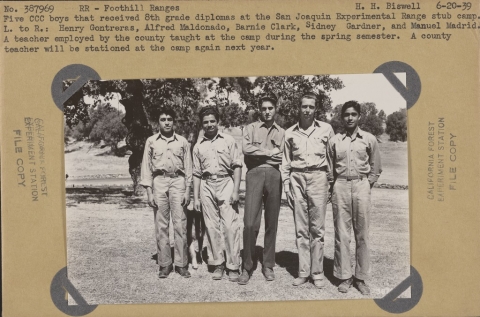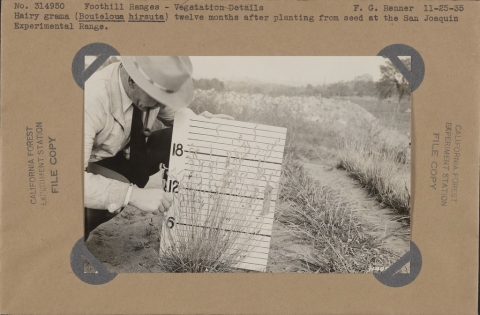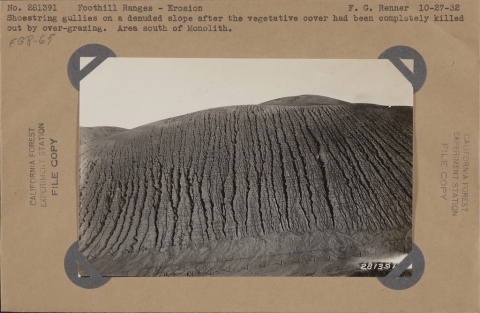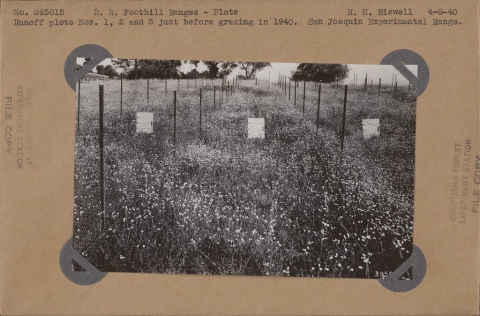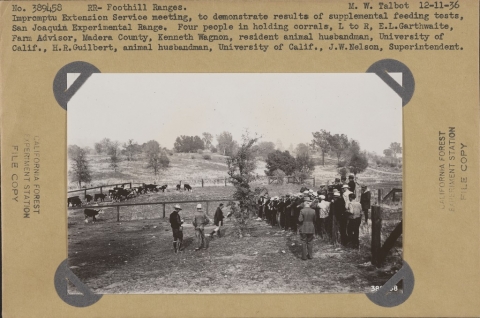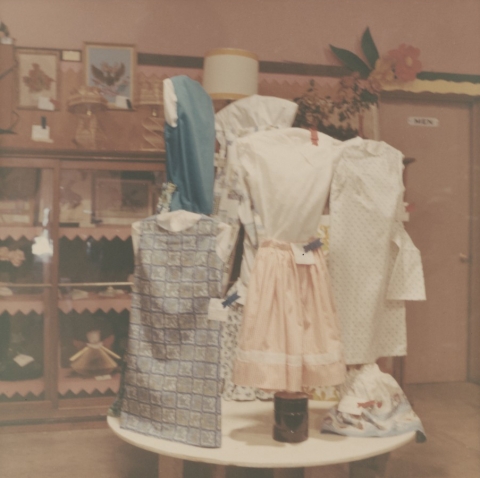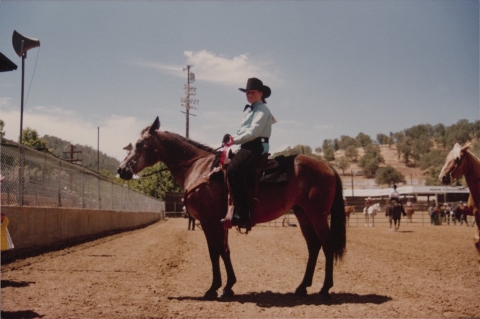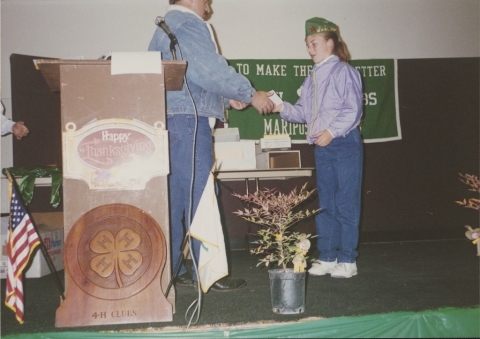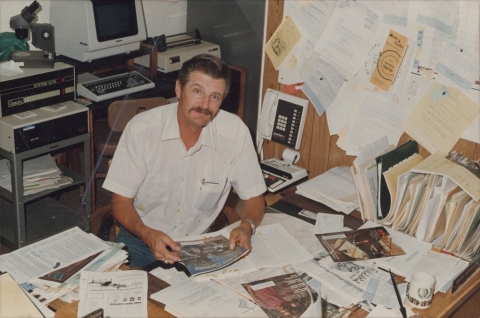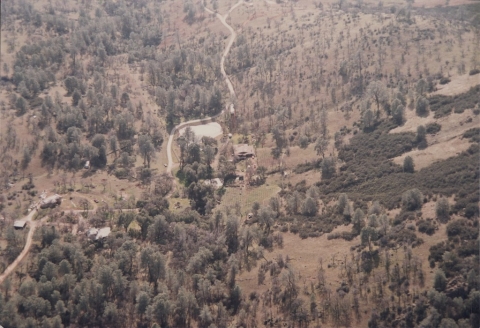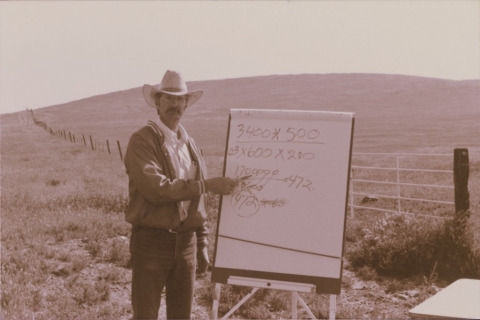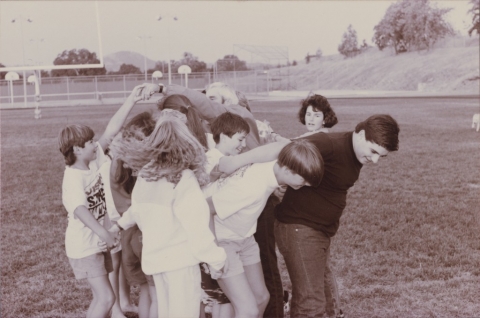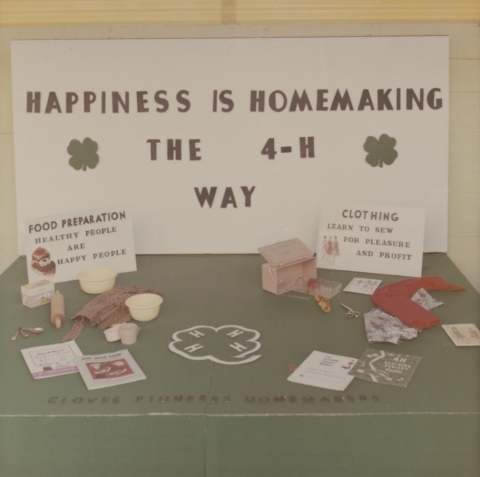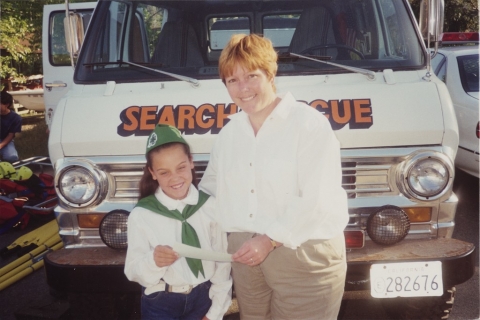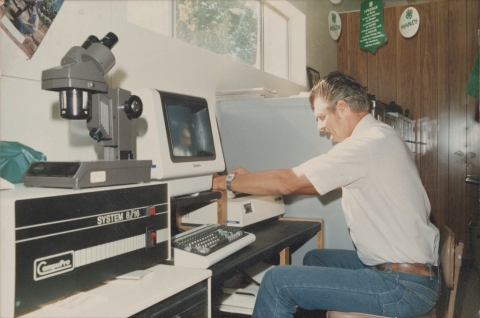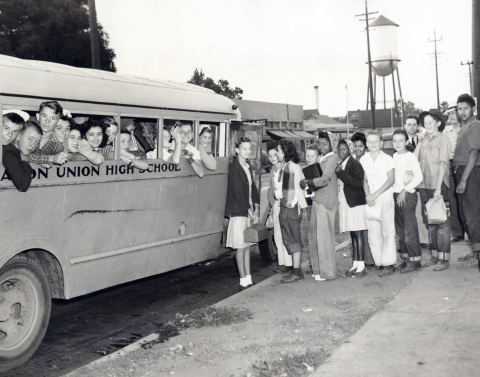Previously, we have shared digitized items from the University of California Agricultural Cooperative Extension, San Joaquin County collection that represent the significant scope of work conducted by farm advisors throughout the twentieth century in San Joaquin County. Over the last few months, over 300 additional items were uploaded to Calisphere, the online repository that provides access to our digitized archival materials. These new items further reveal the ways in which work carried out by UC Cooperative Extension, since 1914, reached residents and supported rural communities in San Joaquin County. Whether dealing with personal hardships or disruptions caused by political and economic activities— events like the World Wars and the Great Depression— archival materials now available online chart various projects and initiatives to improve the lives of county residents through health and safety projects, and to contribute to state and national campaigns. Tackling, for example, food and labor shortages.
Found in the collection is a report from a home demonstration agent that describes a home nursing project. Dated 1919, the document provides background information on the project’s origins, stating that “during the war [WW1], there was a scarcity of physicians and nurses available for the civilian population and this led to a general effort of the part of the Red Cross and teaching forces of schools and colleges to instruct the public in matters relating to hygiene, sanitation, and the care of the sick.” It goes on to state that “even in normal times the farm home is frequently so isolated that the services of physician and nurse are not easily available.”

Home nursing, circa 1920
University of California Agricultural Cooperative Extension, San Joaquin County, Collection
UC Merced, UC Cooperative Extension Archive
The project required the appointment of a project leader from the community to work with the county agent, conducting home nursing classes, and coordinating with the Red Cross and the county’s department of public health to provide lessons and demonstrations. Objectives stated were to improve rural health and sanitation, teach the principles of preventative medicine, help prevent the spread of communicable disease, encourage personal hygiene, and teach home care of the sick.
A photograph from 1921 illustrates a group gathered for one of the home nursing classes conducted in the county:

Home nursing class, 1921
University of California Agricultural Cooperative Extension, San Joaquin County, Collection
UC Merced, UC Cooperative Extension Archive
Other projects related to sanitation and hygiene are documented in the collection. For example, the construction of septic tanks throughout San Joaquin County was of great importance to farm advisors and several digitized materials exemplify this effort. A project report from 1928 infers that not enough septic tanks existed to carry and process sewage safely and efficiently throughout San Joaquin County:
“Three septic tank construction demonstrations have been given by the Extension Service in this County, and as a result [of] all these demonstrations and all information supplied through letters, office calls and miscellaneous farm visits at least 100 septic tanks have been built. We roughly estimate that in addition to this number there are 200 more septic tanks in use at farm homes in the County. We do not feel that progress is sufficiently rapid and desire to further the work by additional demonstrations and publicity.”
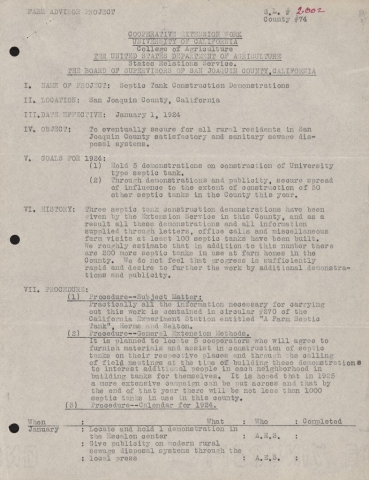
Septic tank construction demonstration, circa 1928
University of California Agricultural Cooperative Extension, San Joaquin County, Collection
UC Merced, UC Cooperative Extension Archive
Another document from 1925 details outreach efforts for Cooperative Extension demonstrations on the construction of septic tanks:

Septic tank construction demonstration, circa 1928
University of California Agricultural Cooperative Extension, San Joaquin County, Collection
UC Merced, UC Cooperative Extension Archive
Two other archival documents portray the blueprints for construction as well as the actual demonstrations:

Septic tank construction demonstration, circa 1926
University of California Agricultural Cooperative Extension, San Joaquin County, Collection
UC Merced, UC Cooperative Extension Archive
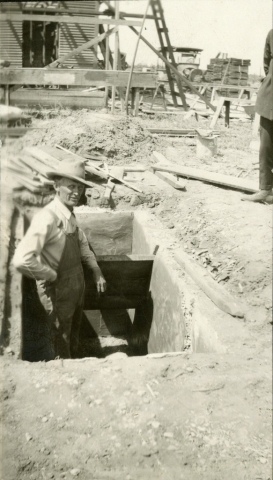
Septic tank demonstration, Grant Farrar, Escalon, 1921
University of California Agricultural Cooperative Extension, San Joaquin County, Collection
UC Merced, UC Cooperative Extension Archive
Over the years, other difficulties emerged related to ongoing labor shortages, capable of interrupting agricultural production. Efforts to mitigate the lack of workers is evident in the collection. A project plan from 1918, confirms a need to “assist the College of Agriculture in carrying on its war emergency work so far as it concerns the farm labor needs and supplies during the 1918 crop season.”
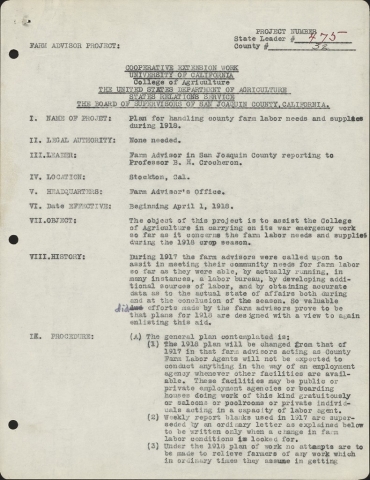
Plans for handling county farm labor needs and supplies during 1918, 1918
University of California Agricultural Cooperative Extension, San Joaquin County, Collection
UC Merced, UC Cooperative Extension Archive
The document stipulates that supplies and workers, located by the county’s labor agent, will be dispersed to farms experiencing shortages. High school boys and women, however, will not be given placements, as the document notes that UC Cooperative Extension agents expected their participation in civic duties elsewhere.
During World War II, labor shortages occurred again due to the draft. The Bracero Program began in 1942 after the United States and Mexico signed the Mexican Farm Labor Agreement which allowed agricultural workers from Mexico to temporarily live and work in United States. The first instances of this program occurred in San Joaquin County and in the collection are images of farm workers from Mexico, as well as this photograph depicting a mobile farm labor camp in 1943.
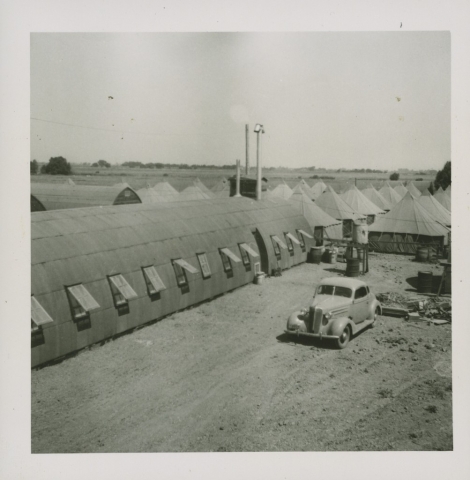
Mobile farm labor camp near Manteca, California, for housing Mexican national farm workers, 1943
University of California Agricultural Cooperative Extension, San Joaquin County, Collection
UC Merced, UC Cooperative Extension Archive
A final example of a UC Cooperative Extension program designed to alleviate hardship is the effort to combat food shortages through WWII emergency food production initiatives. As the following document indicates, even children were encouraged to participate. In the 4-H youth development program, participants documented their contributions in their California Boys’ and Girls’ 4-H Clubs War-Time Records Books.
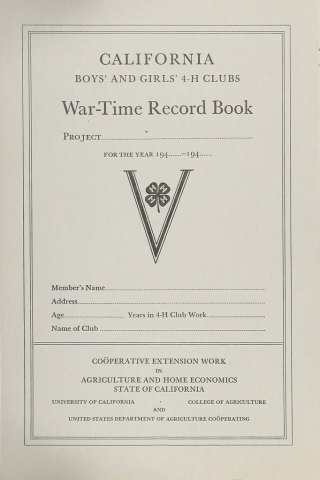
Emergency food production, 1943
University of California Agricultural Cooperative Extension, San Joaquin County, Collection
UC Merced, UC Cooperative Extension Archive
Youth participants were encouraged to track by the pound food they produced for the Food for Freedom program. Additional information tallied included the number of scraps (rubber, metal, paper, burlap) collected and other accomplishments like the purchasing of war bonds, airplane spotting, clothing conservation and first aid training. A full list of activities is viewable in the document below.

Emergency food production, 1943
University of California Agricultural Cooperative Extension, San Joaquin County, Collection
UC Merced, UC Cooperative Extension Archive
To learn more about UC Cooperative Extension’s endeavors at solving local and national problems, please visit Calisphere to see the entire University of California Agricultural Cooperative Extension, San Joaquin County, Collection online!
